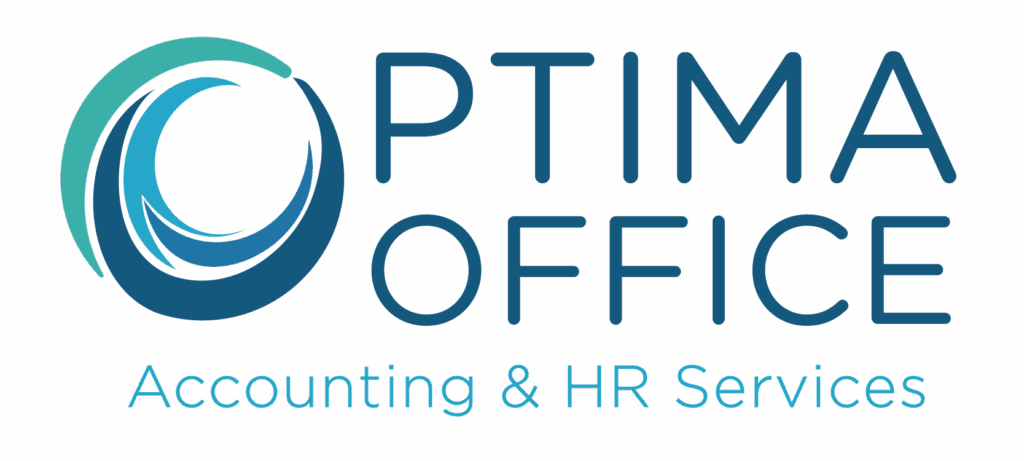By Jennifer Barnes, Founder & CEO
One of the biggest challenges at work is dealing with difficult employees. We’ve all encountered them: employees who, for one reason or another, make it harder for everyone else in the office to do their job. Negative attitudes, complaints, and a failure to act as part of a team are the hallmarks of this phenotype, and parting ways with these people may be unavoidable unless they can be coached, trained or improved upon.
The best way to handle a difficult employee is to be strategic. You should have a plan in place that involves personality management and conflict resolution. Having the right HR team and training in place is your best bet for handling difficult people. Coaching them on how to be better is a key ingredient in turning poor behaviors around.
It’s crucial for you to understand some best practices when dealing with difficult employees if you don’t want them to bring down the rest of your organization. Let’s take a look at the different personality types you might encounter and the tactics you can employ to help resolve situations.
How to Spot Difficult Personalities
“Difficult” can mean a lot of things and there are many ways in which someone can make your work environment challenging. Here are some of the common types of difficult personalities you may encounter (although bear in mind that people can also present with a combination of traits):
-
Know-it-alls
Know-it-alls are arrogant and usually have an opinion on every issue. When they’re wrong (and especially when they’re proven wrong with facts or a superior argument) they’ll get defensive. A know-it-all doesn’t always seem interested in coming up with the best solution, only in proving that their solution is best. They’re usually prone to stubbornness and have a hard time apologizing or admitting their errors
-
Passives
The passive person will rarely offer ideas or let you know where they stand. They’re reluctant to stake a claim on any issue and they’re often unwilling to communicate. They tend to bottle things up and can blow up if they’ve allowed an issue to simmer undiscussed for too long. This lack of communication can be detrimental to the long term health of your team.
-
Dictators
Dictators tend to bully and intimidate. They’re demanding, can be condescending and may ask their colleagues to go the extra mile while refusing to do the same themselves. They’re brutally critical, overly bossy and usually demand everything with a sense of urgency. They may do things in a manner that fails to aid or improve situations. Constructive criticism can be positive in the office, but the Dictator is only interested in putting others down for the sake of it as opposed to bettering people.
-
Yes People
These are the ‘go along to get along’ types of the office. They’ll agree to any commitment, yet rarely deliver on the promise. They’re simply appeasers who you can’t trust to follow through. They will “yes” you to death to make a positive impression without delivering results. If they do deliver, they may not be able to sustain the workload that they agree to. Eventually, things fall between the cracks and they find themselves overcommitted and overstretched.
-
No People
This group is the polar opposite of the aforementioned ‘Yes’ people. When a team member offers up a solution, ‘No’ people are quick to point out why it won’t work without offering alternatives. They’re rigidly inflexible, refuse to compromise and constantly focus on the problems.
-
Gripers
Gripers love to complain without offering ideas on how to make the source of the complaint any better. Nothing ever seems good enough for them and they always find a way to make it seem worse than it is. Gripers are generally negative ‘glass half empty’ people who complain about anything and everything, and somehow find a way to turn minor issues into major issues.
Dealing with any combination of these personalities can be frustrating and overwhelming, but there are ways to navigate their negative behaviors in the workplace. Since one person can fuel negativity amongst the entire team and cause unnecessary turnover and drama in the office, avoiding conflict and keeping your culture intact is crucial.
Tactics to Help You Deal with Difficult People
Research shows that most managers don’t like dealing with tough conversations at work even though they’re a necessary part of the job.
The ideas listed below should usually be implemented one after the other. How you approach each one will depend on the difficult personality you’re dealing with. This is one important area in which you may need the help of a savvy HR professional, but going through each component of the solutions laid out below will help address problems before they escalate too far.
-
Alert HR
Before you begin the process, let HR know what you’re dealing with and that you plan to document each step in the process. Get their feedback and fill out either a performance review plan, a formal evaluation of the employee or a written warning that behavior needs to improve. If the HR person is the problem, hire a more senior HR coach who can deal with this person directly. Assign a boss above them. Either way. involving HR should help protect you if the meeting doesn’t go to plan.
-
Establish the Root Problem
Start a dialogue with the difficult employee. Ask them if they have any lingering issues or whether aspects of the job are bothering them. Make this as non-confrontational as possible. It’s important to let the employee know that this isn’t accusatory or negative at this point. It’s all about getting to the bottom of what’s making it harder for them to do their job. Ideally, you’re already doing a behavioral or personality test prior to hiring people so you don’t end up with difficult employees in the first place!
-
Let Them Know There’s an Issue
Once you’ve identified the employee’s issue, let them know that whatever is bothering them is causing problems within your team. State this calmly but firmly. Again, you don’t want to seem as if you’re pointing fingers, but it’s critical to clearly pinpoint the problem and the effect it’s having not just on the employee’s work but on your office and team as a whole.
If the employee themselves are the issue and there isn’t something specific, then a corrective action plan is necessary. If that fails, then eventually you’ll have to let this person go. The more verbal and written warnings you give someone the more protected you are from an HR standpoint.
If the goal is to improve and retain this person, then make it clear throughout that you want the final outcome to benefit everyone involved with the aim of ensuring this employee is happy and engaged.
-
Work Towards a Mutually Beneficial Resolution
If you want to keep this person on your team ask them what they’d like to see changed. Then tell them what you’d like to see changed. Put some achievable goals in place and be sure to reinforce positive behavior. You may need to come up with a compromise that benefits everyone. When an employee feels that their concerns are being valued and heard, they’re more likely to adjust problematic behavior.
-
Identify New Parameters and Boundaries
Once you’ve agreed a solution, clearly identify next steps and action items for both you and your employee. Whether this includes better communication with the team, changing behavior, or adjusting the employee’s role in the office, document it in an email so expectations are crystal clear for both parties. Ensure there are no assumptions and that there are set goals in mind (SMART goals are always best).
-
Revisit the Issue
With your new target actions in place, allow time to see how they perform. It may make sense to give your employee a month to adjust. After a 30 day period, talk with your other team members and review the employee’s work performance. Schedule a meeting with them to discuss your findings and gather feedback from the employee on how the new situation is playing out for them. Provide a written evaluation in the employee’s file. If they’ve improved, be sure to let them know and give positive feedback.
Summary
Dealing with difficult employees isn’t necessarily fun, but it’s a harsh reality of the office. By understanding the common types of negative personalities you may encounter and how to deal with them, you can manage the situation in a way that benefits everyone in the long run.
Knowing when to let a difficult employee go is key. Avoid keeping someone around who is hurting the company or its culture. Even if this employee is crucial in running everyday operations, you’ll need to make the tough call and exit them from the company. You’ll be doing yourself a favor in the long-run.
Managing people can be tough but the right HR support helps you find the right people for your business and makes navigating difficult situations a whole lot easier. If you need outsourced HR support or are struggling to manage your growing workforce, contact Optima today.
DISCLAIMER – Due to the daily changing environment and guidelines being provided by the government, this information could be outdated. Please contact our office for the latest updates and guidelines. Optima Office is not responsible for any actions taken due to the information provided. The information provided here is for instructional purposes and does not represent legal advice being given by Optima Office.




